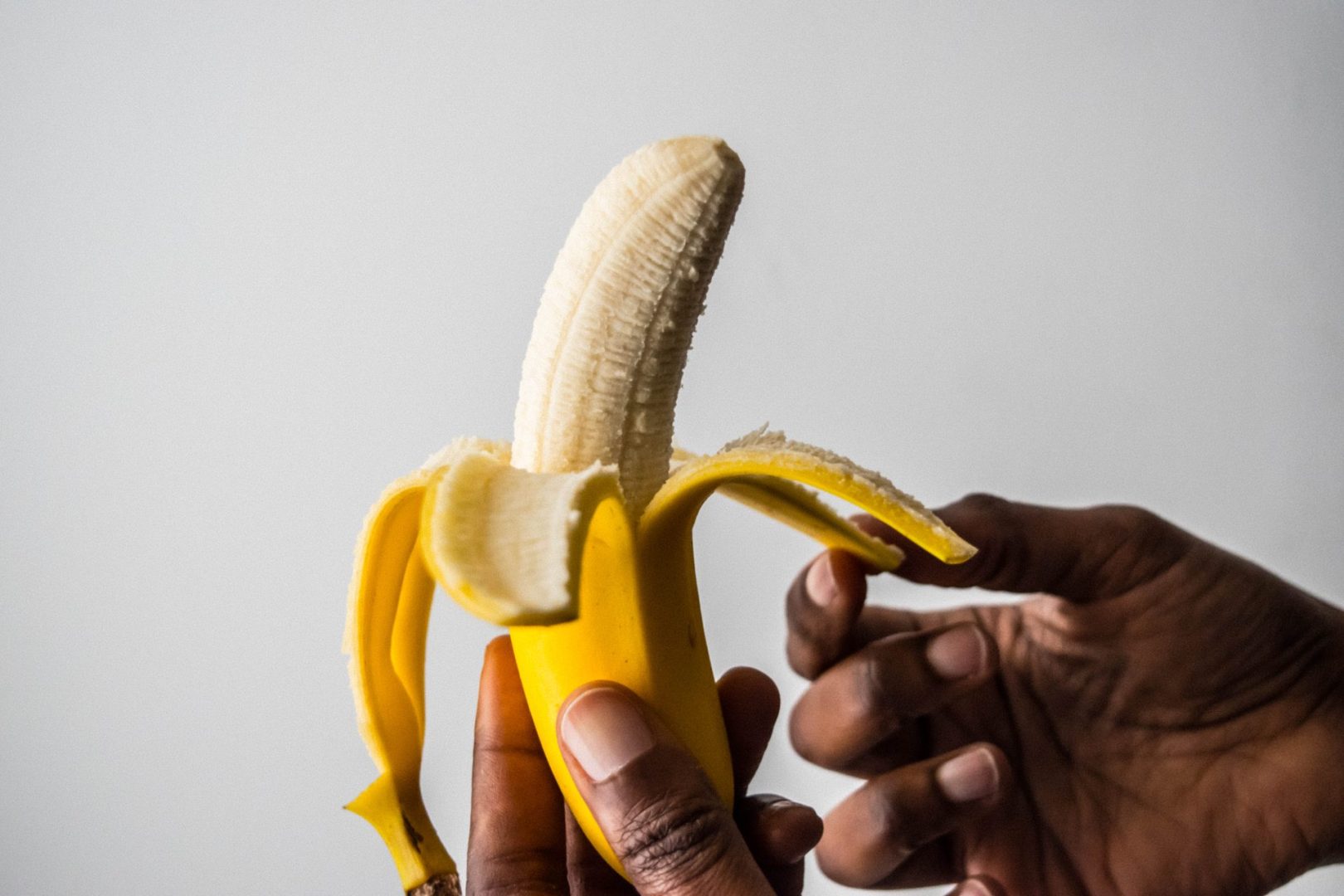High blood pressure impacts millions worldwide, but a simple solution may be found in the produce section. Recent research suggests potassium-rich foods like bananas might be more effective at controlling hypertension than simply cutting salt from your diet.
The potassium advantage
When it comes to managing blood pressure, most health advice centers on reducing sodium intake. However, new research published in the American Journal of Physiology–Renal Physiology indicates that increasing dietary potassium consumption could potentially yield better results.
The science behind it: Potassium and sodium work as essential electrolytes in the body, maintaining fluid balance and supporting muscle contractions. The research suggests that improving the potassium-to-sodium ratio in one’s diet may be more beneficial than focusing solely on sodium reduction.
Scientists have created a sex-specific mathematical model to assess the relationship between potassium-sodium balance and blood pressure regulation. This model provides insights into how dietary adjustments affect cardiovascular health without requiring lengthy clinical trials.
An evolutionary perspective
Our bodies may be designed to thrive on a diet rich in potassium and low in sodium – similar to what our ancestors consumed. Modern Western diets have inverted this ratio, potentially explaining why hypertension is predominantly found in industrialized societies rather than isolated communities.
The typical early human diet consisted primarily of fruits, vegetables, and lean proteins – foods naturally high in potassium and low in sodium. This historical dietary pattern may have shaped our physiological regulatory systems to function optimally under similar conditions.
The global hypertension challenge
Hypertension affects approximately one-third of the adult population worldwide. This silent condition increases the risk of serious health complications including heart disease, stroke, kidney disease, and cognitive decline.
Despite widespread public health campaigns about reducing salt intake, blood pressure-related health issues continue to rise. This suggests that current dietary recommendations may be incomplete or missing crucial elements – like adequate potassium consumption.
Banana benefits beyond blood pressure
Bananas offer more than just potassium for cardiovascular health. They contain fiber that supports digestive health, vitamin B6 that aids brain function, and vitamin C that boosts immunity.
Nutritional profile: A medium banana provides about 422mg of potassium (roughly 9% of the daily recommended intake), making it an excellent choice for improving your potassium-sodium balance. They’re also naturally portable, affordable, and available year-round in most locations.
Practical ways to boost potassium intake
While bananas offer a convenient potassium source, variety remains important for overall nutrition. Other potassium-rich foods include:
Plant sources: Avocados, spinach, sweet potatoes, and tomatoes all provide significant potassium alongside other beneficial nutrients.
Additional options: Beans, lentils, and yogurt can further increase dietary potassium while supporting overall health.
Incorporating these foods into daily meals can be simple: add sliced bananas to breakfast cereals or oatmeal, blend them into smoothies, use mashed bananas in baking as a natural sweetener, or enjoy them as convenient snacks.
Beyond dietary changes
While increasing potassium intake through bananas and other foods can help manage blood pressure, it’s important to take a comprehensive approach to cardiovascular health.
Regular physical activity, stress management, adequate sleep, and limiting alcohol consumption all contribute to healthy blood pressure levels. For those already diagnosed with hypertension, dietary changes should complement, not replace, prescribed medical treatments.
Individuals with kidney disorders should consult healthcare providers before significantly increasing potassium intake, as impaired kidney function can lead to dangerous potassium accumulation in the bloodstream.
A balanced approach
The emerging research on potassium’s role in blood pressure regulation doesn’t negate the importance of moderating sodium intake. Rather, it suggests a more balanced approach that considers both reducing sodium and increasing potassium for optimal results.
This potassium-focused strategy aligns with broader nutritional recommendations promoting whole food consumption. Fresh fruits, vegetables, legumes, and whole grains not only provide potassium but deliver a spectrum of nutrients that support overall health.
Looking forward
As research continues to evolve, our understanding of nutrition’s role in blood pressure management becomes more nuanced. The banana study represents part of a larger shift toward personalized nutrition recommendations that consider individual differences in physiology, genetics, and lifestyle factors.
For now, increasing consumption of potassium-rich foods like bananas represents a simple, accessible strategy that most people can implement immediately. This approach costs little, tastes good, and offers benefits beyond blood pressure control.
While no single food can solve complex health challenges, bananas exemplify how everyday dietary choices can meaningfully impact our health. The humble banana – often overlooked in discussions of “superfoods” – may deserve more recognition for its role in supporting cardiovascular wellness and overall health.
Next time you’re at the grocery store, consider adding an extra bunch of bananas to your cart. Your blood pressure might thank you.













